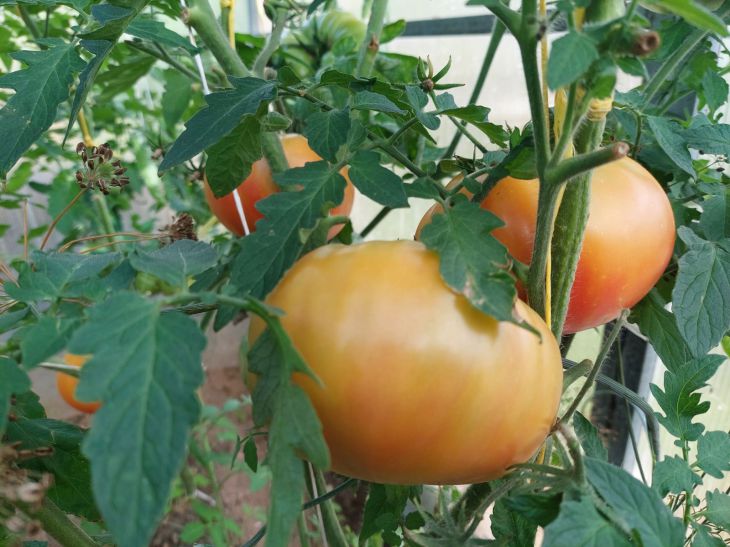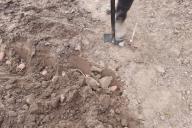The appearance of blossom-end rot on tomatoes is mainly explained by improper fertilization practices.
This is often explained by the three most common mistakes gardeners make when fertilizing tomatoes.
What pitfalls await summer residents when caring for these vegetables?
Over-fertilization
The first mistake is associated with excess fertilizers, which negatively affects the absorption of calcium by plant roots.
The resulting deficiency of this substance, which is necessary for the full growth of plants, becomes a catalyst for the occurrence of blossom-end rot.

Maintaining a balance in nutrient intake is key to preventing the development of this disease.
Watering with water rich in iron and impurities
The second critical mistake is associated with watering tomatoes with water containing high levels of iron and other impurities.
These impurities, when interacting with calcium, accelerate its transformation into an insoluble form. This not only makes it difficult to absorb, but also increases the vulnerability of tomatoes to blossom-end rot.
Incorrect use of boric acid
The third mistake is related to the unjustified use of boric acid. Acting as a calcium antagonist, it disrupts the delicate balance necessary for the proper absorption of calcium by tomatoes.
Excess boron increases the susceptibility of plants to late blight and reduces their shelf life.
Ensuring optimal tomato health and reducing the risk of blossom end rot requires a careful, balanced approach to fertilization, water quality, and the judicious use of additives such as boric acid.
Earlier we wrote about a simple fertilizer for indoor plants.









